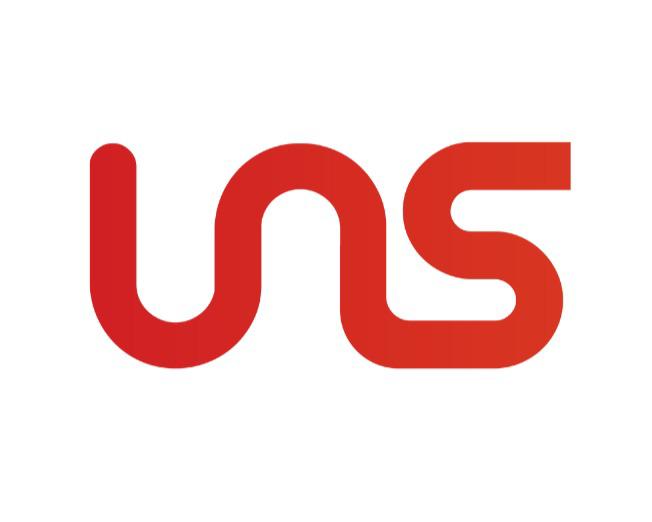"Developing a Unique Value Proposition for Your Startup"
- Unstoppable India

- Jun 26, 2023
- 2 min read
Updated: Jun 2, 2024
Developing a unique value proposition is essential for differentiating your startup from competitors and capturing the attention of your target audience. Here are steps to help you develop a compelling value proposition:

1. Understand your target market: Gain a deep understanding of your target market, including their needs, pain points, preferences, and behaviors. Conduct market research, analyze customer feedback, and gather insights to identify gaps or opportunities in the market.
2. Define your target audience: Narrow down your target audience and create buyer personas that represent your ideal customers. Consider demographic information, psychographics, motivations, and challenges they face. This will help you tailor your value proposition to resonate with their specific needs.
3. Identify your unique strengths: Assess your startup's strengths, including your team's expertise, technology, intellectual property, partnerships, or unique resources. Consider what sets you apart from competitors and what advantages you have that can address your target audience's pain points.
4. Determine the problem you solve: Clearly identify the problem or challenge your target audience faces. Understand the specific pain points and how they impact your audience. Articulate this problem in a concise and relatable manner.
5. Highlight your solution: Develop a clear and compelling solution that addresses the identified problem. Describe how your product or service solves the pain points and provides value to your target audience. Focus on the benefits and outcomes your solution delivers.
6. Communicate the unique benefits: Emphasize the unique benefits and advantages your solution offers compared to existing alternatives. These benefits can include cost savings, time efficiency, improved performance, better user experience, or enhanced outcomes. Quantify the benefits whenever possible.
7. Craft a clear and concise statement: Summarize your value proposition into a concise statement that communicates the core essence of your startup. Use simple language and avoid jargon. Make sure it is easily understandable and memorable for your audience.
8. Test and iterate: Test your value proposition with your target audience to gather feedback and validate its effectiveness. Conduct surveys, interviews, or focus groups to gauge their understanding, interest, and perception of your value proposition. Iterate and refine based on the feedback received.
9. Align with branding and messaging: Ensure that your value proposition aligns with your overall branding and messaging strategy. Consistency across all touchpoints, including your website, marketing materials, social media, and customer interactions, will strengthen your brand identity and increase credibility.
10. Continuously evaluate and evolve: As your startup evolves and the market changes, re-evaluate your value proposition periodically. Stay attuned to your customers' evolving needs and preferences. Adapt your value proposition accordingly to remain relevant and competitive.
Remember, the Unique value proposition for your startup should be customer-centric, clear, and easily understood. It should communicate your startup's unique benefits, demonstrating why your target audience should choose you over competitors.




Comments